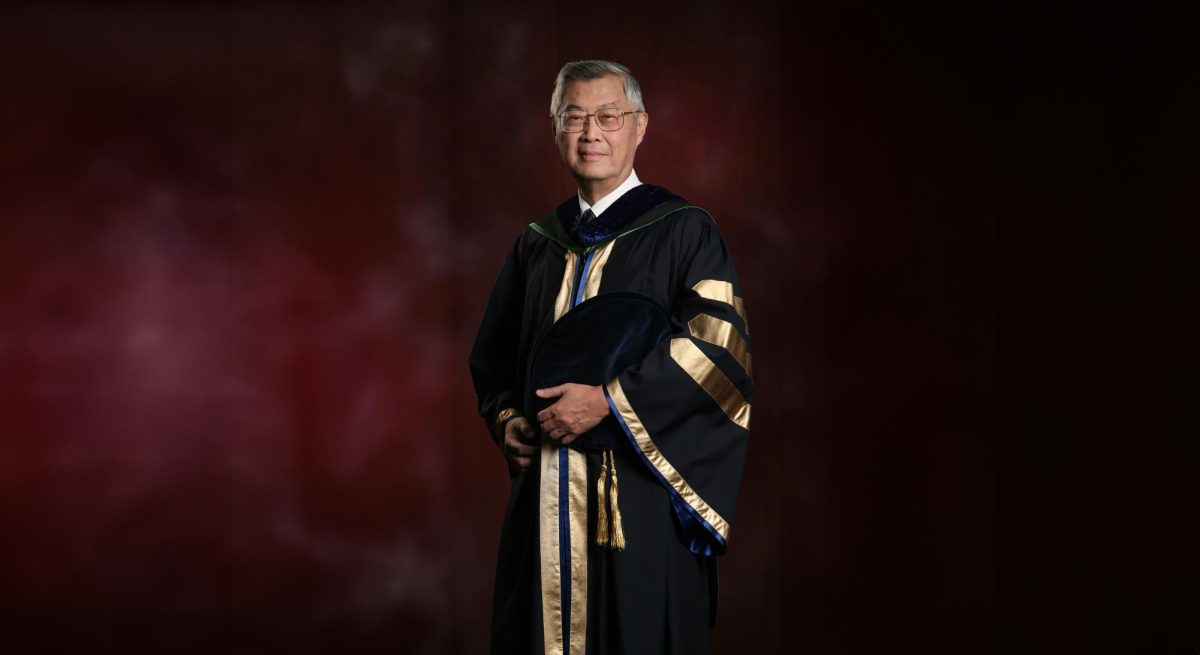As more people rely on public transportation each year in the Bay Area, BART is considering adding a second Transbay crossing to keep up with its growing ridership.
The demand for BART is beginning to exceed its capacity, with more people commuting across the bay than ever before, according to the Metropolitan Transportation Commission.
As many as 25,000 people ride through the current Transbay Tube during peak hours to get to San Francisco, according to the latest data from BART.
A new Transbay crossing could provide transportation for an additional 4 million residents by 2040. Capitol Corridor developers said the goal of the project is to connect Peninsula, Silicon Valley, San Francisco, East Bay, Sacramento and Central Valley communities as one megaregion.
“Almost 50 percent of our passengers come from outside of the Bay Area,” Capitol Corridor spokesperson David Kutrosky said. “If you were coming in from Sacramento, you have a forced transfer to get on BART and get into the city. With this proposal, it would be a one-seat ride [so] you would not have to transfer. By the time your train stops, you would be in downtown SF.”
The Transbay crossing project could expand economic development in Sacramento and Northern San Joaquin Valley, according to Capitol Corridor.
“We could possibly create job centers if the rail connection were there from San Francisco, where you have a single seat,” BART spokesperson Jim Allison said.
A second Transbay crossing could also reduce congestion for downtown San Francisco BART stations by doubling passenger capacity on trains, while creating a seamless connection with other rail systems, according to an overview presented by BART and Capitol Corridor.
For 20-year-old SF State student and history major Alisa Polishuk, her hometown of Sacramento might as well be on another planet.
“I think it’s a good idea,” she said. “I take Megabus a lot, it’s financially accessible, but it’s a real pain. It’s hard to get to from out here and the prices are never stable. It would be nice to have something more standardized.”
The Bay Area Council Economic Institute advocated the creation of a second Transbay crossing in a 2016 report, which said: “Solving the Transbay corridor bottleneck will play a key role in ensuring the region’s future economic resilience.”
The latest transportation survey released by the University showed that the average distance students commute to campus increased steadily in recent years, possibly due to “sharp increases in housing prices.”
SF State psychology major Rhaven Innis, 22, said while public transportation is reliable, she has noticed her commute has become longer.
“At least right now I feel like there’s a shift in efficiency with Muni. It’s taking me a lot longer to get downtown and to my job,” Innis said. “I definitely think the connection would help. I would love to go to Sacramento, but there’s no way.”
The new Transbay crossing provides many benefits, but there are concerns as to how it will be paid for. A 2017 Metropolitan Transportation Commission report estimated the project could cost at least billions of dollars.
“How much is it going to cost and where is the money going to come from? Since its government money, there’s not an unlimited amount,” Allison said. “That’s the balancing act [that] we entrust in our elected leaders to make.”
A 2013 BART analysis of expected ridership growth said the transit agency could fall short of meeting high demand usage by 2027.
Although the Transbay crossing plan is still in its early stages, Allison said there is a high possibility that the crossing will be a tube.








